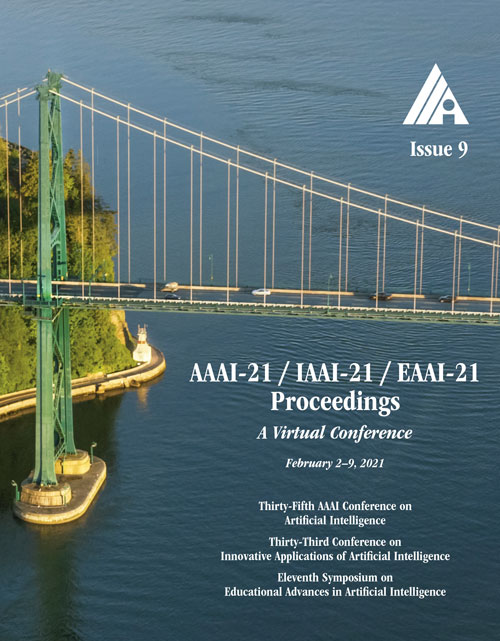Interpretable Embedding Procedure Knowledge Transfer via Stacked Principal Component Analysis and Graph Neural Network
DOI:
https://doi.org/10.1609/aaai.v35i9.17009Keywords:
Transfer/Adaptation/Multi-task/Meta/Automated Learning, Accountability, Interpretability & ExplainabilityAbstract
Knowledge distillation (KD) is one of the most useful techniques for light-weight neural networks. Although neural networks have a clear purpose of embedding datasets into the low-dimensional space, the existing knowledge was quite far from this purpose and provided only limited information. We argue that good knowledge should be able to interpret the embedding procedure. This paper proposes a method of generating interpretable embedding procedure (IEP) knowledge based on principal component analysis, and distilling it based on a message passing neural network. Experimental results show that the student network trained by the proposed KD method improves 2.28% in the CIFAR100 dataset, which is a higher performance than the state-of-the-art (SOTA) method. We also demonstrate that the embedding procedure knowledge is interpretable via visualization of the proposed KD process. The implemented code is available at https://github.com/sseung0703/IEPKT.Downloads
Published
2021-05-18
How to Cite
Lee, S., & Song, B. C. (2021). Interpretable Embedding Procedure Knowledge Transfer via Stacked Principal Component Analysis and Graph Neural Network. Proceedings of the AAAI Conference on Artificial Intelligence, 35(9), 8297-8305. https://doi.org/10.1609/aaai.v35i9.17009
Issue
Section
AAAI Technical Track on Machine Learning II

